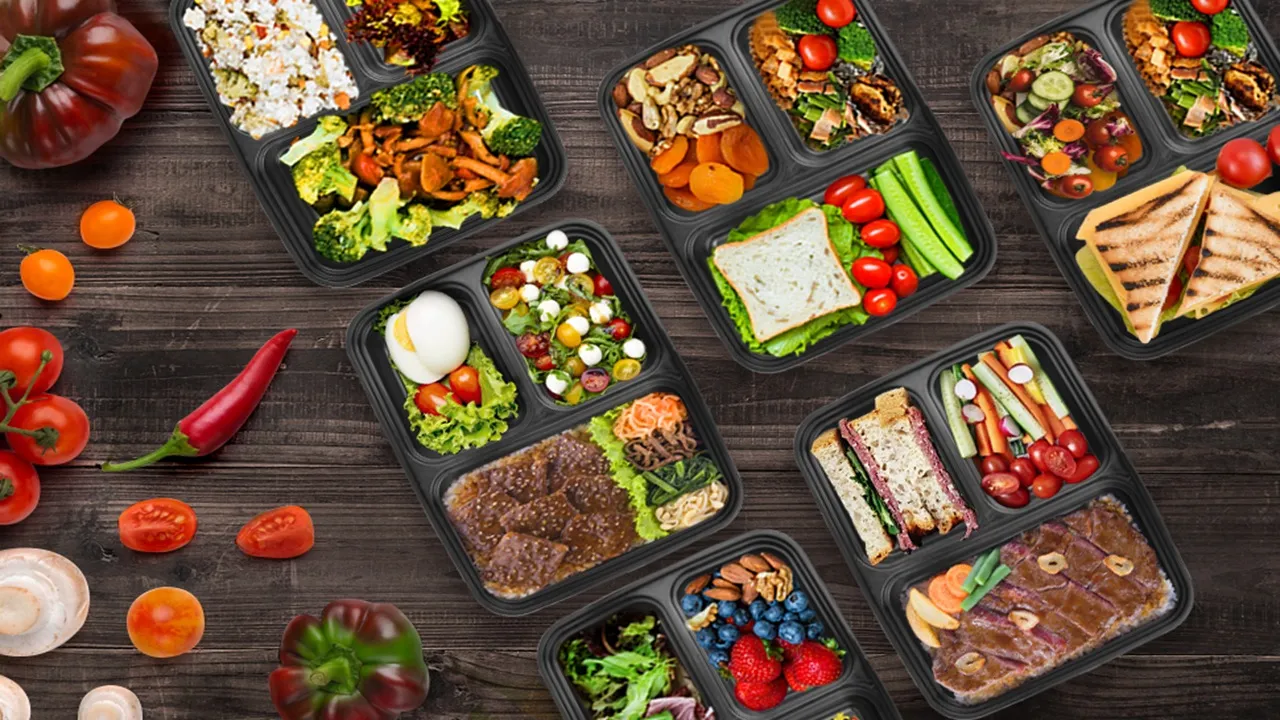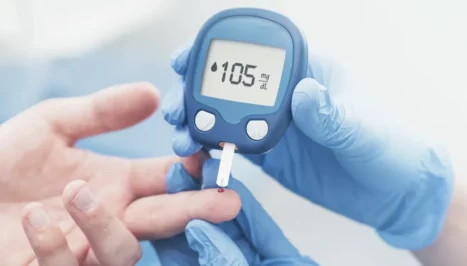5 Main Stages of the Sleeve Diet After Surgery (Overview + Dos and Don’ts for Each Phase)

In this article, we’ll briefly go over the five main phases of the Sleeve Diet after gastric sleeve surgery and explain the key tips for each stage. Although this guide can also be helpful for people who’ve undergone other types of weight loss surgery, it should not replace a personalized diet plan. The recommendations below are general and meant for informational purposes only.
A Personalized Sleeve Diet Is Essential for Every Patient
After any type of bariatric surgery, patients must follow a specific and structured eating plan for a certain period. Most surgeons provide only a general overview of what you should eat after surgery — but not the full details.
That’s why experts strongly recommend consulting with a qualified nutritionist after surgery.
The main goal is to ensure each person receives a customized diet plan based on their health condition, medical history, and the type of surgery performed. This personalized approach ensures the best and safest long-term results.
Why a One-Size-Fits-All Plan Doesn’t Work
Each post-surgery diet should be unique. Following someone else’s plan or a generic “online diet” may lead to nutritional problems or slow recovery. What works for one person may not work for another — especially when it comes to the Sleeve Diet, where every patient’s stomach capacity and digestion rate differ.
Get a Personalized Post-Sleeve Diet Plan
Sira is a nutrition platform designed specifically to provide custom post-bariatric diet plans for patients after weight loss surgery. It offers personalized meal programs, ongoing support, and expert supervision by registered dietitians — and it’s endorsed by Dr. Taha Anbara.
🎯 Get your personalized Sleeve Diet plan today to achieve the best results after surgery.
Also read this: All About Protein Intake After Weight Loss Surgery
The 5 Main Phases of the Sleeve Diet After Gastric Sleeve Surgery
Immediately after surgery, patients cannot eat or drink anything. Once anesthesia fully wears off and the patient regains consciousness, the Sleeve Diet begins.
The main stages are:
- Phase 1: Clear Liquids (Week 1)
- Phase 2: Protein-Based Liquids (Weeks 2–3)
- Phase 3: Pureed Foods (Weeks 4–5)
- Phase 4: Soft Foods (Weeks 6–7)
- Phase 5: Regular Solid Foods (Week 8 and beyond)
Phase 1: Clear Liquids
This is the most important stage of the Sleeve Diet. It starts immediately after surgery and lasts through the first week.
During this period, you can only consume clear, sugar-free liquids and very light broths. Although it may seem restrictive, most patients find it manageable since appetite is usually minimal due to the removal of the hunger hormone ghrelin during sleeve surgery.

Allowed Clear Liquids
- Water
- Clear broth (chicken or beef)
- Sugar-free gelatin
- Decaffeinated tea or coffee
- Sugar-free popsicles
- Sugar-free, non-carbonated drinks
Avoid These
- Sugary beverages
- Carbonated drinks
- Caffeine
- Added sugars or syrups

Phase 2: Protein-Based Liquids (Weeks 2–3)
The second stage of the Sleeve Diet allows for more nutritional liquids and helps the body recover with enough protein intake.
During weeks 2 and 3, you can include:
- Natural, sugar-free protein shakes
- Instant breakfast drinks (low sugar)
- Protein shakes made from protein powder
- Clear soups or broths without solid chunks
- Low-fat, sugar-free milk
- Sugar-free pudding or yogurt
- Fat-free Greek yogurt
- Diluted, pulp-free fruit juices
- Soft cereals blended with milk
This phase helps your stomach adjust while maintaining essential nutrients for healing.
Phase 3: Pureed Foods (Weeks 4–5)
During this phase, patients start eating pureed and soft foods. All meals should be smooth in texture, low in fat, and sugar-free. Chew your food slowly — at least 25 times per bite — to prevent discomfort.
Recommended Pureed Foods
- Baby food or cereal
- Tofu
- Soft, pureed white fish
- Scrambled or boiled eggs
- Soups and broths
- Low-fat cottage cheese
- Mashed bananas or cooked mango
- Mashed avocado or hummus
- Greek yogurt
Avoid crunchy, spicy, or fibrous foods at this stage, as they can irritate the stomach and cause heartburn.

Phase 4: Soft Foods (Weeks 6–7)
By this stage, your diet becomes more flexible. You can begin to eat soft, easily chewable foods while continuing to avoid hard or fried items.
Examples of Soft Foods
- Soft-cooked chicken or fish
- Steamed or boiled vegetables
- Sweet potatoes
- Low-fat cheese
- Soft fruits
- Low-sugar cereals
Healthy Snacks
If your doctor approves small snacks, try:
- Hummus with rice crackers or mashed carrots
- Hard-boiled eggs
- Oatmeal
- Baked sweet potatoes
- Bananas or strawberries
Eat three small main meals per day and drink fluids between meals — not during them.
Phase 5: Regular Solid Foods (Week 8 and Beyond)
In this final stage of the Sleeve Diet, you can gradually reintroduce regular solid foods. Add new items one at a time to monitor how your stomach reacts.
Key Focus Areas
A balanced post-sleeve meal should include:
- Lean meats (chicken, turkey, or fish)
- Eggs and beans
- Low-fat dairy products
- Fiber-rich vegetables and fruits
- Whole grains (limited to one-fourth of your plate)
Eating high-protein and high-fiber meals helps you stay full longer and maintain a healthy weight.

Important Tips for the Final Phase of the Sleeve Diet
- Eat three small meals daily
- Stay hydrated — drink plenty of water between meals
- Stop drinking 30 minutes before each meal
- Avoid unnecessary snacking; if needed, choose nutrient-rich snacks like nuts or fruit
- Take all prescribed vitamins and supplements regularly
- Aim for 60 grams of protein per day
- Include light exercise or daily physical activity
- Avoid carbonated drinks and sodas
- Address emotional eating with healthy habits
- Stay connected with others who’ve had sleeve surgery — shared experiences can help you stay motivated
Also read:
Can the Stomach Stretch Again After Gastric Sleeve Surgery?
How Much Weight Will I Lose After Gastric Sleeve Surgery and How Fast?
Final Thoughts
Following the Sleeve Diet step by step is crucial for recovery, long-term weight loss, and maintaining your overall health. Remember, while general guidelines help, nothing replaces a personalized nutrition plan designed by a qualified dietitian who understands your body’s unique needs.
Frequently Asked Questions About the Sleeve Diet After Gastric Sleeve Surgery
Generally, each phase lasts one to two weeks. The full diet transition typically takes around eight weeks, but the exact timing may vary based on your surgeon’s or dietitian’s recommendations.
Most patients can start eating regular solid foods around week 8, but it’s important to add them gradually and only after your doctor or nutritionist approves.
Avoid carbonated drinks, sugary foods, fried items, caffeine, and high-fat meals. These can cause discomfort, slow recovery, or stretch your stomach pouch.
Skipping a phase can lead to digestive problems, nausea, or even damage to your stomach. Always follow your diet plan step by step under medical supervision.
Absolutely. Every patient’s needs are different. A personalized plan from a registered dietitian or a nutrition platform like Sira ensures you get the best results for your unique body and recovery pace.




